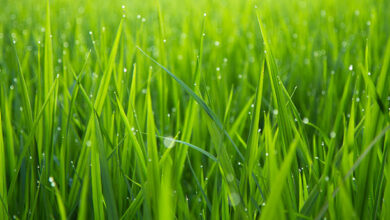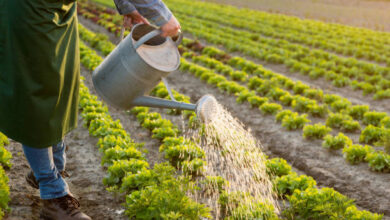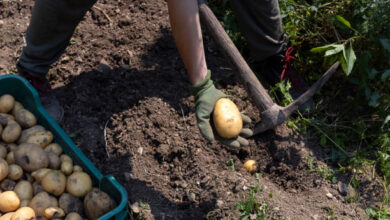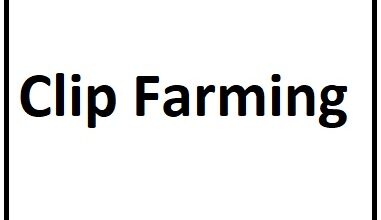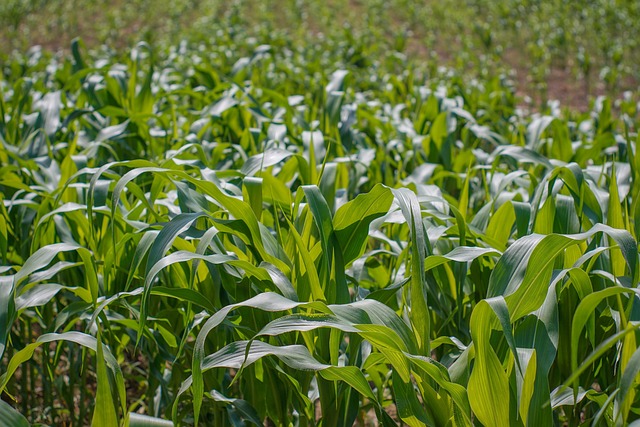
When to Plant Corn: A Guide to Timing Your Crop for Success
Dreaming of delicious homegrown sweet corn? But when exactly should you plant those seeds? The timing of planting corn is crucial for achieving a successful and bountiful harvest. Planting at the right time ensures that the corn plants grow strong, produce well, and avoid common problems. In this guide, we’ll delve into the best times to plant corn by considering key factors like soil temperature, frost risk, and regional climate.
Understanding Corn’s Needs
Corn is a warm-season crop that thrives in warm soil temperatures. The ideal soil temperature for planting corn seeds is between 60-65°F (15-18°C). Planting corn when the soil is too cold can lead to poor germination rates and weak seedlings. This can ultimately result in a lower yield and less vigorous plants.
Why is warm soil important? Corn seeds require warmth to sprout and grow. When planted in cold soil, seeds can become waterlogged, rot, or fail to germinate. Warm soil ensures that seeds can take up water and nutrients efficiently, leading to healthy growth.
- Avoiding Frost Damage
One of the biggest threats to young corn plants is frost. Frost can damage or kill tender seedlings, setting back your growing season or even causing you to replant. It’s crucial to wait until all danger of frost has passed before planting corn outdoors.
To determine the last frost date in your area, you can use resources such as the USDA hardiness zone map. This map provides information on average frost dates based on historical climate data. By knowing your zone, you can estimate the safest time to plant your corn.
Planting Dates Based on Location
The best planting time for corn varies depending on your location’s climate. The USDA hardiness zones provide a helpful framework for determining when to plant. In general:
– Warmer zones (Zones 8-10): Early spring planting is usually safe. Planting can begin as early as March.
– Moderate zones (Zones 5-7): Aim for mid-spring planting. Late April to early May is often ideal.
– Cooler zones (Zones 3-4): Wait until late spring. Mid to late May is typically the best time.
Consulting a planting calendar specific to your zone will give you the most accurate planting dates. Local agricultural extensions or gardening centers often provide these resources.
YOU MAY LOVE TO READ
What to Plant in July UK: A Complete Guide
Early vs. Late Planting Considerations
Deciding whether to plant corn early or late in the season comes with its own set of advantages and risks.
- Pros of Early Planting:
– Maximizes the growing season, potentially increasing yield.
– Helps avoid late-season pest problems.
– Allows for successive planting, giving multiple harvests.
- Cons of Early Planting:
– Risk of frost damage to young plants.
– Cold, wet soil can hinder germination and early growth.
- Pros of Late Planting:
– Reduces risk of frost damage.
– Warmer soil promotes faster germination and growth.
- Cons of Late Planting:
– Shorter growing season may limit yield.
– Plants may be more susceptible to heat stress and drought in midsummer.
Choosing Corn Varieties for Planting Time
Selecting the right corn variety is also crucial for successful planting. Corn varieties differ in their maturity dates, or the number of days from planting to harvest. This can range from 70 to over 100 days.
For regions with shorter growing seasons or for late planting, opt for early-maturing varieties. These can be harvested sooner and are less likely to be affected by early fall frosts. Examples include ‘Early Sunglow’ and ‘Golden Bantam.’
Different types of corn (sweet corn, popcorn, field corn) also have varying requirements and uses. Sweet corn is popular for fresh eating, while field corn is typically used for animal feed and industrial products. Popcorn varieties require longer drying times.
To ensure a successful corn crop, follow these additional planting tips:
- Soil Preparation: Corn grows best in well-drained, fertile soil. Before planting, add compost or aged manure to enrich the soil. Check the soil pH and adjust it to a range of 6.0 to 6.8 if necessary.
- Planting Depth and Spacing: Plant corn seeds about 1 to 1.5 inches deep. Space seeds 8-12 inches apart in rows that are 30-36 inches apart. Proper spacing ensures that plants have enough room to grow and access nutrients.
- Watering Practices: Corn needs consistent moisture, especially during the germination and early growth stages. Water deeply and regularly, aiming for about 1 inch of water per week. Mulching can help retain soil moisture and suppress weeds.
- Pest and Disease Management: Monitor your corn plants for common pests like corn borers and aphids. Use organic or chemical controls as needed. Crop rotation and maintaining healthy soil can reduce disease risks.
Conclusion
Planting corn at the right time is essential for a healthy and productive crop. By considering factors like soil temperature, frost risk, and your local climate, you can determine the optimal planting window for your garden. Whether you choose to plant early or late, selecting the appropriate corn variety and following best planting practices will set you up for success.
Ready to grow your own corn? Get started by checking your soil temperature, identifying your last frost date, and choosing the perfect corn variety for your garden. Happy planting!
Subscribe to our newsletter for more gardening tips and share your corn planting experiences in the comments below!

